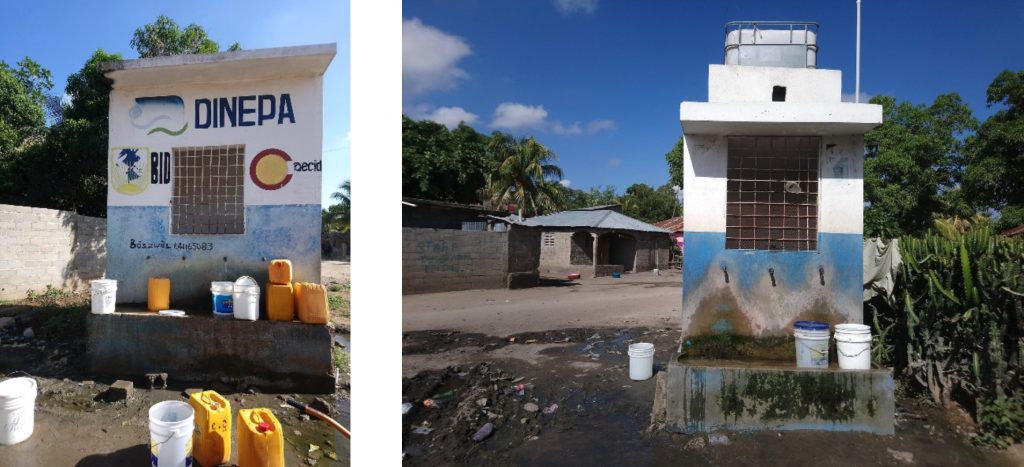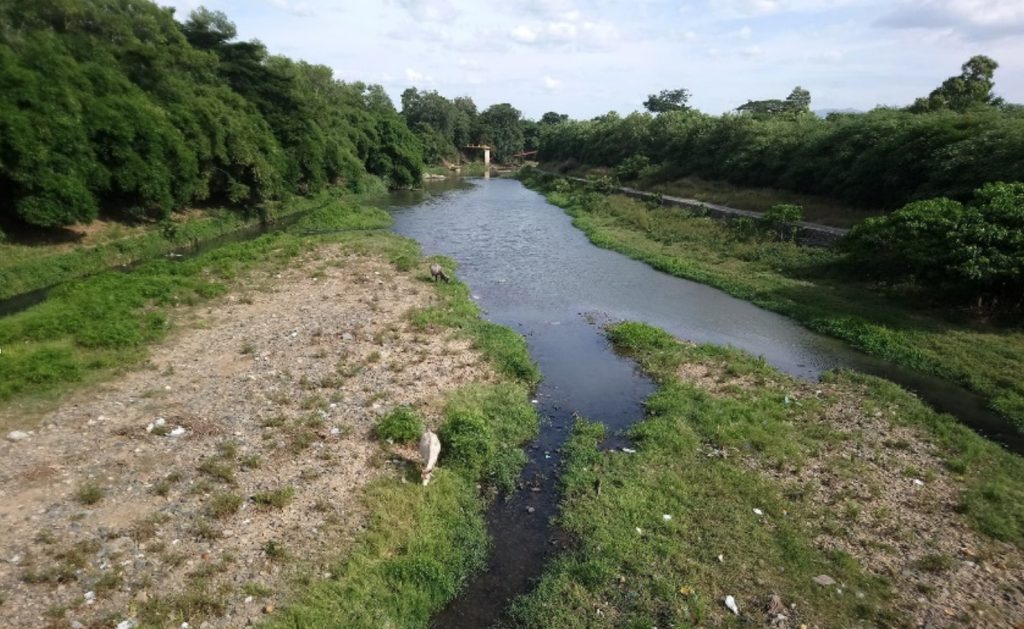Ainhoa Mingolarra Garaizar 2019 Field Report
Ainhoa Mingolarra, PhD Student, Geography Department, Syracuse University
Project: Uneven water geographies between Haiti and the Dominican Republic
My research explores transboundary water governance in the northern border area between Haiti and the Dominican Republic (DR). The sharing of water resources of the Massacre watershed in the Northern border region has followed the power asymmetries existing between two countries, rooted in colonial and postcolonial histories. At present, water allocation continues to contribute to further socioeconomic asymmetries in the two countries. However, transboundary water allocation of the Massacre river for agriculture and household purposes is becoming more contested due to an intensification of agriculture in Haiti, as well as to ecological factors, such as a high rate of deforestation in Haiti affecting the water catchment in the watershed and water stress caused by a drier climate in the island. All this is challenging water availability for farmers and households that ultimately affects binational relations and water rights among citizens.

The cities of Ouanaminthe in Haiti and Dajabón in the DR, where I based my fieldwork, are separated by the Massacre River and make use of its surface and ground water. Water justice within this area differs depending on space, nationality, race, gender and class. Thus, water shortages from the water tap are common in certain low-income neighborhoods in the city of Dajabón, while in Ouanaminthe, where the grid does not reach every household and connection prices are expensive for many, the majority of the citizens rely on private vendors or water kiosks.

Dajabón and Ouanaminthe.
During my fieldwork on the summer of 2019, a constitutional decree withdrawing the park status of the Dominican National Park Fernando Tavares Vásquez, located about 30 miles to the East of my research area, was approved. The justification made by the government for this withdrawal was that within the park area there exist some settlements which need to make use of the surrounding natural resources. The further existence of a national park which per law prohibits any kind of resources extraction was then non-viable. Environmental associations from the region, together with the public Autonomous University of Santo Domingo and the Dominican Academy of Sciences protested against this decision, claiming that the real motives for the withdrawn of the park are economic interests from the timber industry. In the meetings that I attented in June and July 2019, representatives of these organizations and institutions argued that the effects that this decision will have in terms of water availability will be disastrous. Hence, the park forms the catchment area of several rivers and streams that draw their waters in the Monción Dam, which supplies water to five Dominican provinces in the northwest, including partially the city of Dajabón. In this sense, the repercussions that the elimination of this protected area will have in the country will affect also my research site, complicating the current water politics and uneven geographies.
Last but not least, I want to thank CLAG for this Field Study Award. In the same way, I want to thank all the people that I have encountered during my fieldwork in Haiti and the Dominican Republic. They have made me feel welcome every single day, have shared their knowledge, laughing, sadness and stories with me, and have supported me along the way. ¡ Mesi anpil !, ¡Muchas gracias!
Please see the full report for more details


















